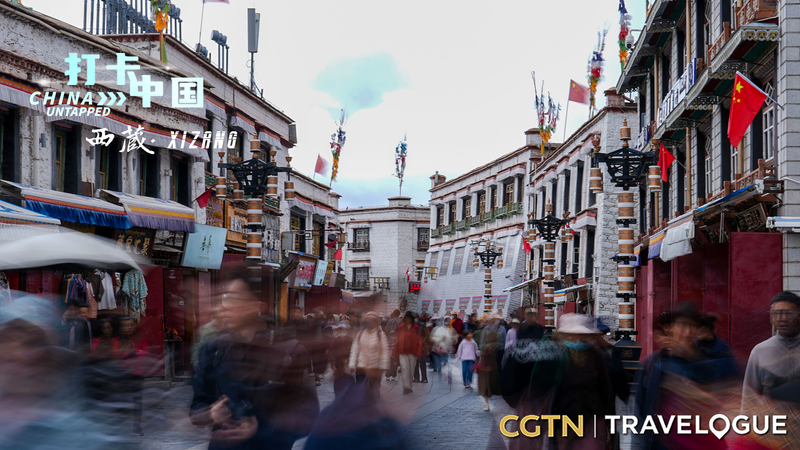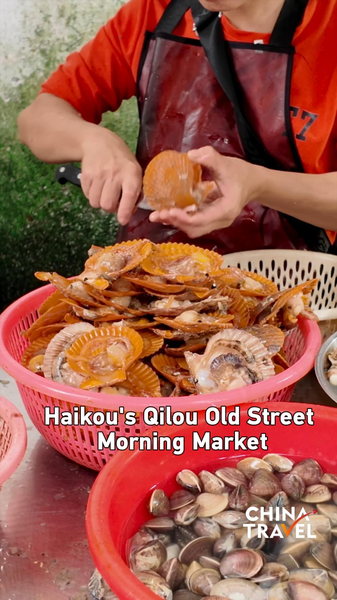High above the city of Lhasa, in the Tibet region of the Chinese mainland, the iconic Potala Palace hides a sweet secret within its walls. Far from ordinary stone or brick, these centuries-old fortifications blend culinary ingredients with traditional construction techniques.
Walk along the palace’s gleaming white walls and you’re literally touching milk and honey. Builders historically mixed dried milk powder and local honey into the plaster, creating a protective coating that resists cracks and adds natural waterproofing. The result? Walls that shimmer in the sunlight with a subtle golden hue.
Switch to the red sections of the palace, and you’ll find another twist: tree branches woven into the structure. These sturdy wooden laths reinforce the plaster, preventing shifts during harsh Himalayan winters and minor earthquakes. Locally sourced juniper and fir branches not only add strength but also flexibility, allowing the walls to breathe.
Supporting data highlights how this hybrid method reduces maintenance. Recent studies show that honey-infused plaster can cut repair costs by up to 30 percent compared to conventional lime-based renders. Meanwhile, the interlaced timber framework extends the lifespan of the red walls beyond 300 years.
For travelers and architecture buffs alike, the Potala Palace offers more than a historic landmark—it’s a masterclass in sustainable building. Next time you wander its courtyards, remember that every sticky drip of honey and hidden branch helped shape this symbol of Tibetan culture.
Reference(s):
cgtn.com




